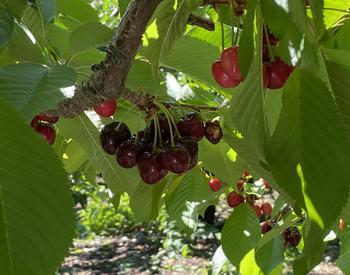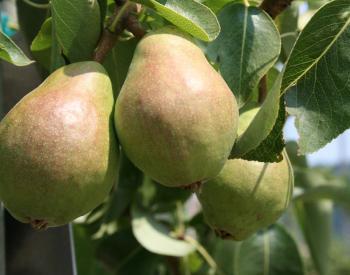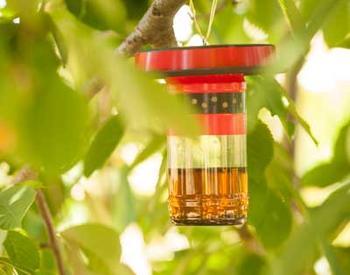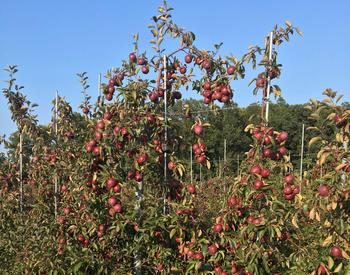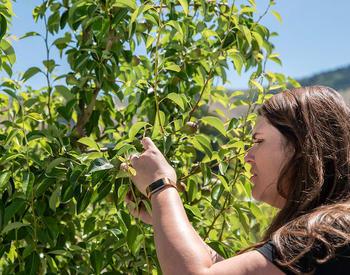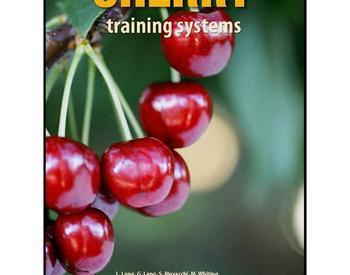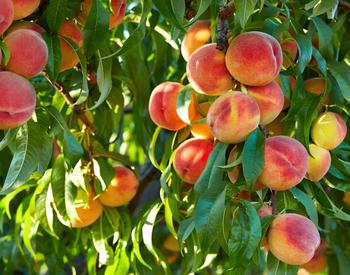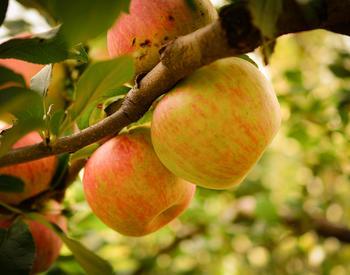All cherry varieties, except those listed in the self-fertile category, need a pollinizer variety that blooms at the same time in order for pollination to occur.
Disclaimer: Information provided in this table is the best available and subject to change. Material is a compilation of relative bloom times from several growing regions and does not apply to all growing regions.
| Compatibility Group | Pollination Period I | Pollination Period II | Pollination Period III | Pollination Period IV | Pollination Period V |
|---|---|---|---|---|---|
| Group I (S1S2) | Black Tartarian | Summit | |||
| Group II (S1S3) | Samba | Van; Early Robin | Cristalina; Olympus; Sonnet; Oktavia | Regina | |
| Group III (S3S4) | Somerset | Burgundy Pearl | Bing; Napoleon (Royal Ann); Emperor Francis | Lambert | |
| Group VI (S3S6) | Attika (Kordia); Starks Gold | ||||
| Group VII (S3S5) | Hedelfingen | ||||
| Group IX (S1S4) | Rainier; Black Republican; Bada | Sylvia | Hudson | ||
| Group XIII (S2S4) | Royalton | Sam | |||
| Group XVI (S3S9) | Celan; Burlat | Tieton | |||
| Group XXII (S3S12) | Schneiders 0900 Ziraat | ||||
| (S1S13) | Radiance Pearl | ||||
| (S4S13) | Black Pearl | ||||
| Self-fertile with S4' allele (universal donors) | Lapins; Sweetheart; Index | Staccato; Stella; Symphony; Selah; Santina; Celeste; Big Star; Blaze Star; Early Star | Benton; Skeena; Sandra Rose; Sonata; Cashmere; Glacier; White Gold | Stardust; Lala Star; Black Gold |


